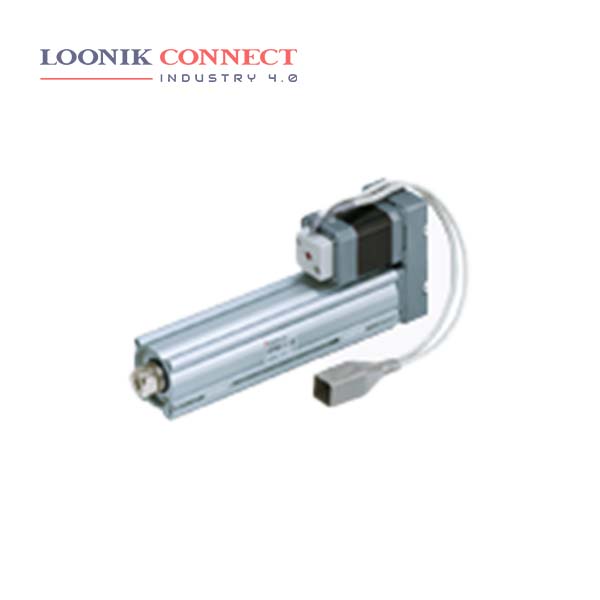An electric actuator is a device that can create movement of a load, or an action requiring a force such as clamping, using an electric motor to create the necessary force. Electric actuators are devices capable of creating motion of a load, or an action that requires a force like clamping, making use of an electric motor to create the force that is necessary. As the spindle or rotor rotates, rotary motion is created by an electric motor.
Common examples of actuators include electric motors, stepper motors, jackscrews, electric muscular stimulators in robots, etc. There are four basic types of linear actuators: mechanical/electro mechanical, hydraulic, pneumatic and piezoelectric. An actuator is a motor that converts energy into torque which then moves or controls a mechanism or a system into which it has been incorporated. It can introduce motion as well as prevent it. An actuator typically runs on electric or pressure (such as hydraulic or pneumatic).
Electric actuators provide extremely accurate control and positioning. In addition, this type of actuator helps adapt machines to flexible processes and has a low operating cost. This means that an electric system is energy efficient and can provide you with cost savings in many cases.










